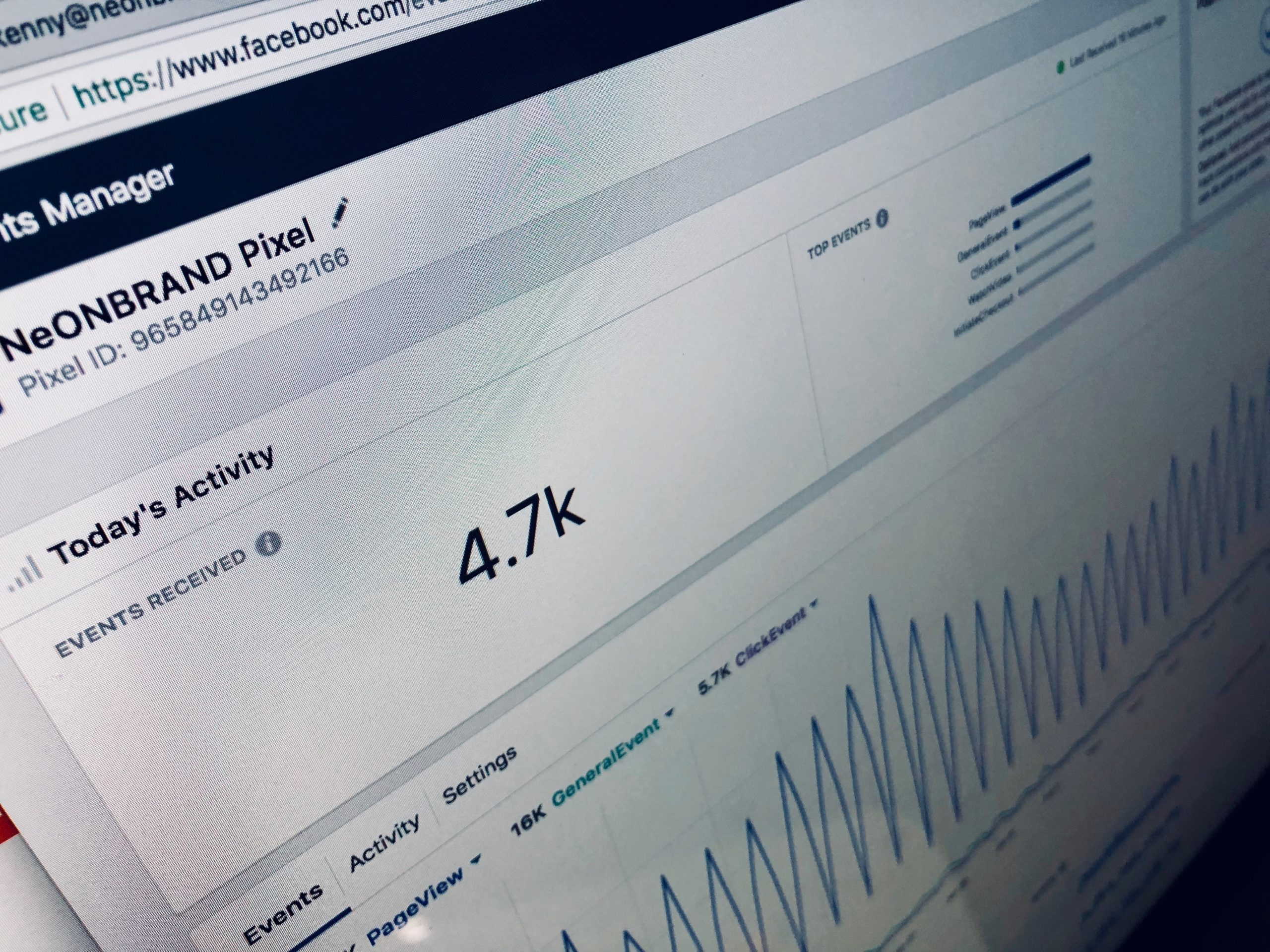Facebook’s user base keeps growing as a reflection of an increased adoption of digital among the general population in 2020. Businesses want to use advertising to squeeze as much revenue as they can from this massive audience, as well they should. At True Interactive, we’ve been helping advertisers succeed on Facebook for years, and one way we do that is by trying different approaches with Facebook’s advertising tools. Recently, we’ve been demonstrating to our clients how a fresh approach to choosing Facebook ad objectives can make Facebook ads more effective.
The Conventional Wisdom about Facebook Ad Objectives
When businesses set ad goals, they typically have two strategies in mind: build brand awareness with prospects (i.e., people who have never been to their site before) and also retarget website visitors and existing customers to drive conversions. From there, businesses select ad objectives for a given campaign. Now, conventional wisdom says that when a business wants to attract new customers (as opposed to retargeting existing ones), it’s best to choose brand awareness or consideration ad objectives such as reach, traffic, engagement, and app installs (among others). But for a retargeting campaign, it’s better to choose conversion-based objectives such as conversions, catalog sales, and store traffic.
Makes sense, right? Why set the bar too high for brand awareness by actually trying to measure conversions? It’s far better to save conversion-based objectives for retargeting existing customers, who already know about your product and are more likely to buy it.
Setting Conversion-Based Goals for Prospects
And yet, we’re delivering results by setting conversion-based goals for prospects, too. It sounds like a simple thing to do: set a conversion goal for a prospect. And you can literally do it with a click. By experimenting with some of our campaigns, we’re learning that a powerful ad targeting prospects can indeed drive them to conversion.
Now, I’m not talking about running the same ad for a prospect that you would for a current customer. You still need to customize different ads for different audiences. Ads for prospects require different calls to action than ads for existing customers, and indeed you may need to do completely different ads for each, such as special offers that apply only to new customers.
To be sure, conversion costs for retargeting-oriented campaigns are lower. But so far the conversion rate for prospects justifies the effort of running brand-awareness ads on Facebook – because these ads can do more than raise awareness.
What Happens If You Lack Conversion Data?
What happens if your business lacks enough conversion data to set up a conversion goal? In that case, we suggest that you use the conversion step before your final conversion so that the Facebook algorithm will have more data to optimize towards (example: if you don’t see a lot of sales, then don’t set your conversion goal to sales — set it to “add to carts”).
So, why might conversion-oriented ad objectives work for prospects? I believe that social media in general is becoming less of a lean-back-and-scroll experience. More users are spending time on social with intent to learn more about products and buy them. That’s because more Gen Zers and Millennials are growing up with a social experience that includes the presence of ads, more so than their predecessors did. They’re more comfortable viewing social as an intent-based platform. So they’re more likely to convert on an ad that introduces them to a new product.
Have you been experimenting with ad objectives? What have your results been?
Contact True Interactive
To succeed with online advertising, contact True Interactive. Read about some of our client work here.
